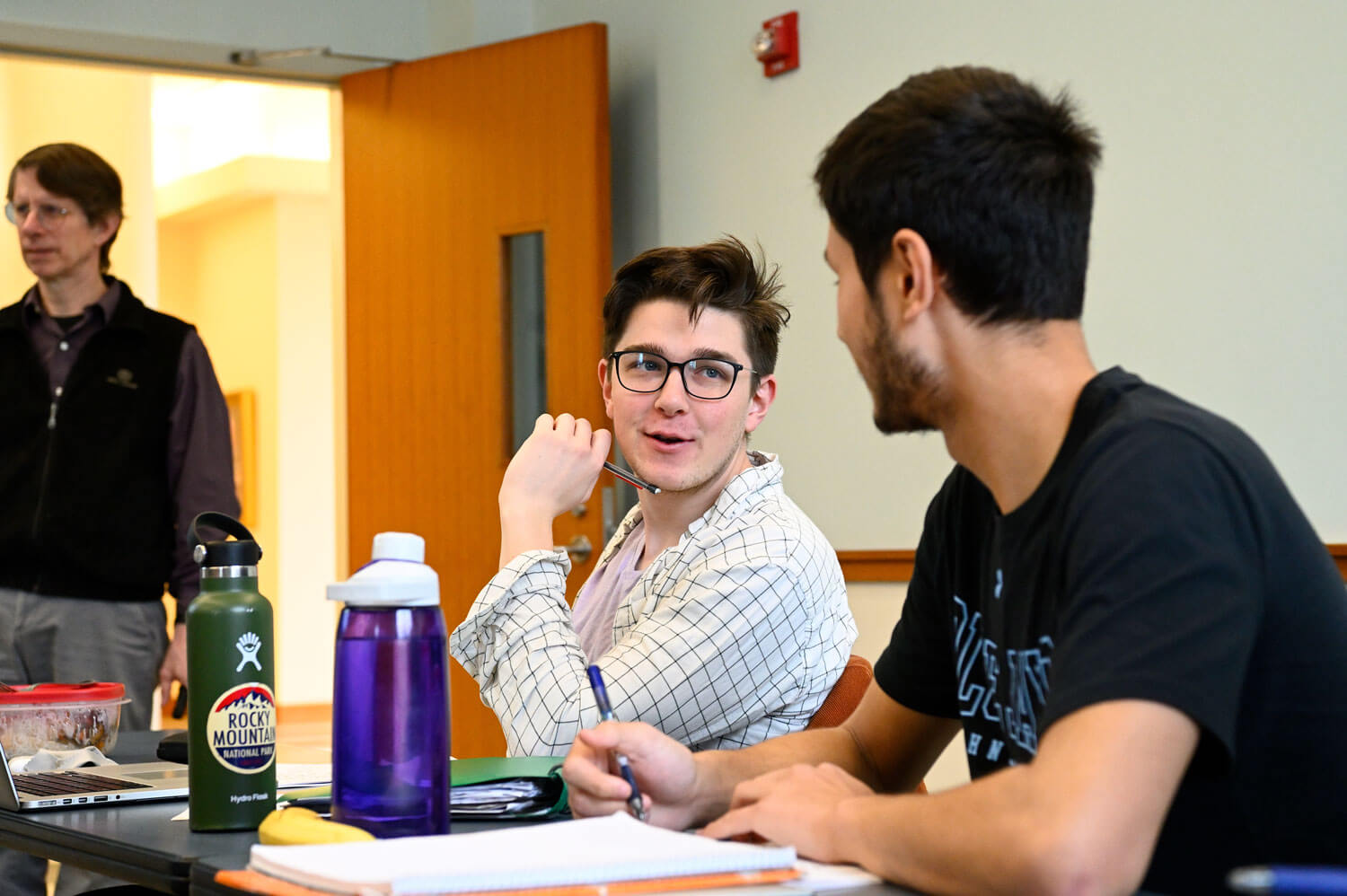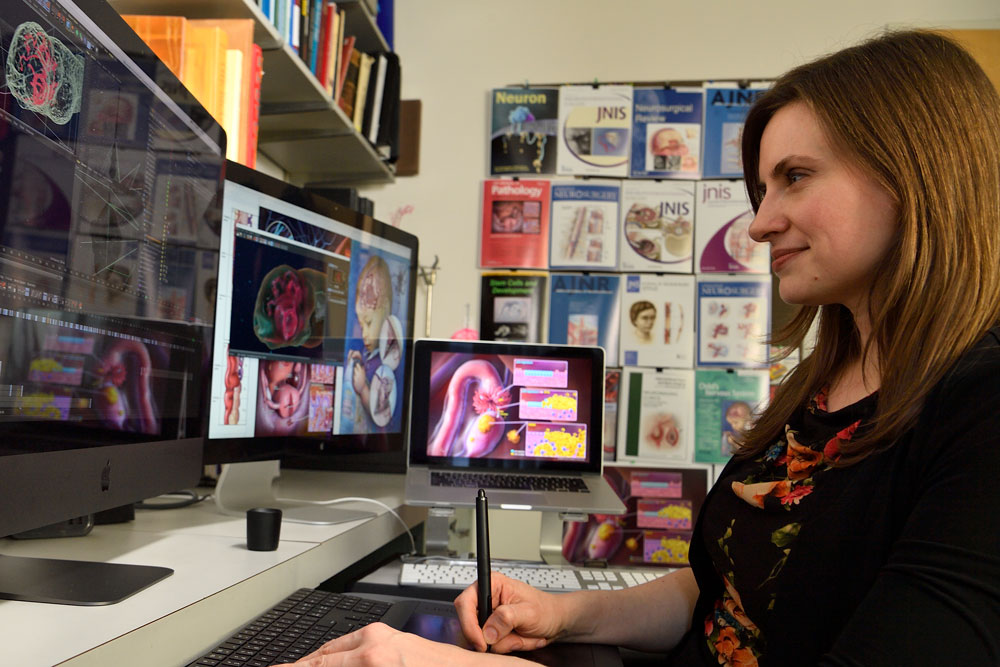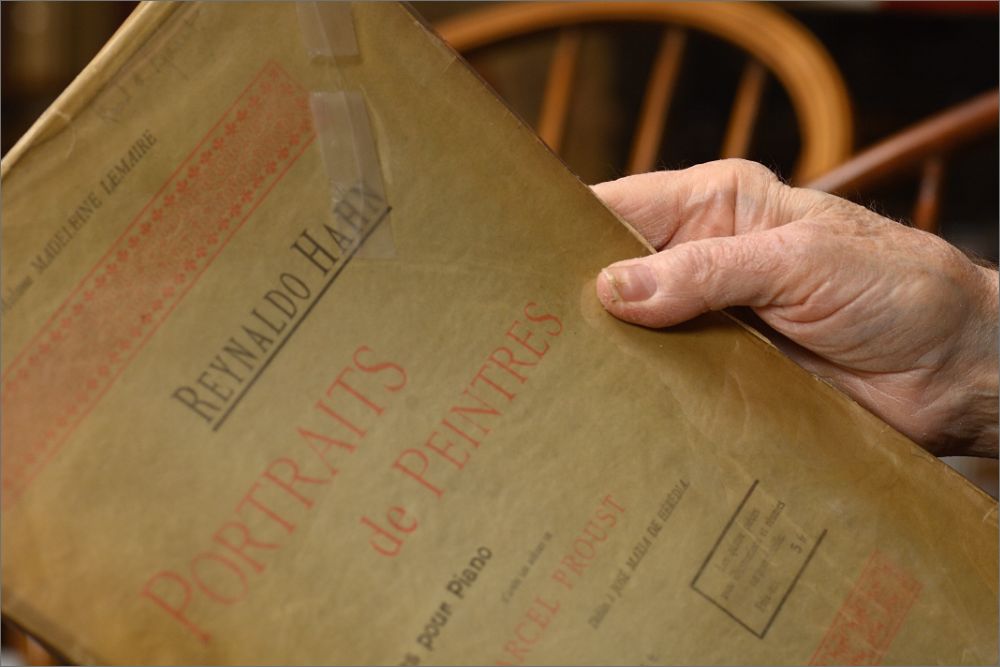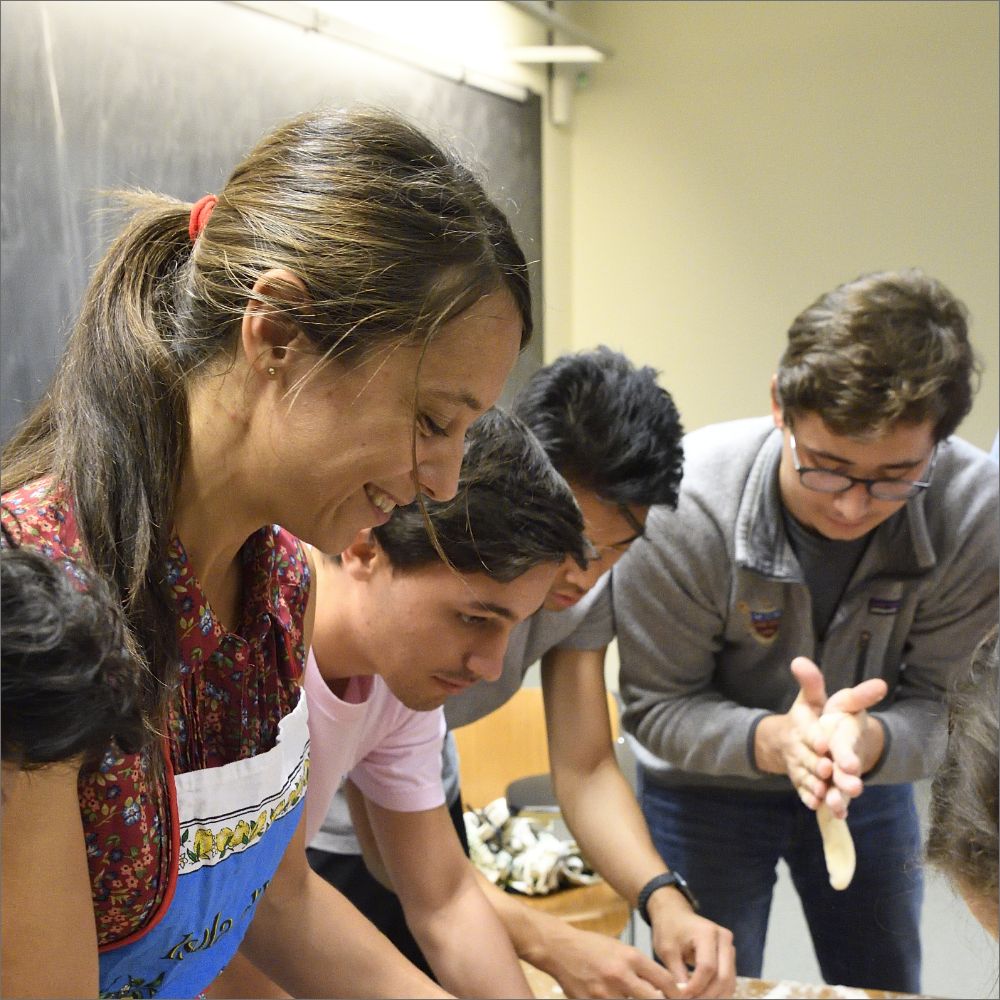Medicine, Science, and the Humanities

Using a cultural and historical context to explore scientific inquiry and the roots of medicine.
This interdisciplinary, humanities-based major offers introductory awareness of theory, interpretation, and methods in a specific humanistic topic through focusing on primary and secondary sources such as literature, imagery, film, artifacts, and commentary. It’s an ideal course of study if you are planning for a career in the science and health professions and are interested in issues in science and medicine. In addition, you can pursue graduate work in a range of humanities, social science, or professional disciplines with the ability to apply these precepts to the present.
CLASSES YOU MIGHT TAKE

Death and Dying in Art, Literature, and Philosophy: Introduction to Medical Humanities
In this course, we’ll examine four essential aspects of the theme of death and dying: Death and Medicine; Emotional Responses to Death; Burying and Commemorating the Dead; and Conceptions of Death. We’ll also cover specific topics of illness and causes of death; prevention of death; suicide; death and grief; burial practices; mourning the dead; public commemoration of the dead; life after death; and death and rebirth.

Constructing Memories: Between Art and Science
What is a personal memory? Is it a story or a scene, as if in a film? Is there such a thing as body memory? How tight is the connection between remembering and story-telling? Two films, “Memento” and “Inside Out” can help us grasp the impact of major scientific discoveries of how memory works. By the end of this course, you’ll not only have a better comprehension of how autobiographical memory works, you’ll also learn how some of the sharpest scientific and philosophical minds of our times have tried to make sense of this mysterious human capacity.

Graphic! Visualizing Medicine From Textbooks to Comics
This course will examine the visual aspects of the history and practice of medicine by focusing on the rising genre of medical comics and graphic novels, known as “graphic medicine.” We’ll analyze it within a wider context of the various uses of visuals in medicine, the complicated history of class, race and gender in those uses, and how visuals have served different functions in the history and practice of medicine.
Faculty Spotlight

Join the Club
Hopkins students are eager to pursue their interests outside the classroom. With 450+ student-led organizations, here are just a few you could join:
- American Mock World Health Organization
- The Global Health Leaders Conference at Johns Hopkins University
- Out in Science, Technology, Engineering & Mathematics (oSTEM)
- JHU Archaeology and Ancient Civilizations Club
- MedTech Network
- Museum Club
- Prometheus (Undergraduate Philosophy Club and Journal)
- PharmHop
- The Triple Helix at Johns Hopkins University
- Undergraduate History Association